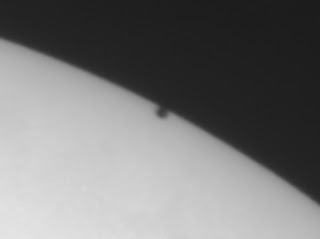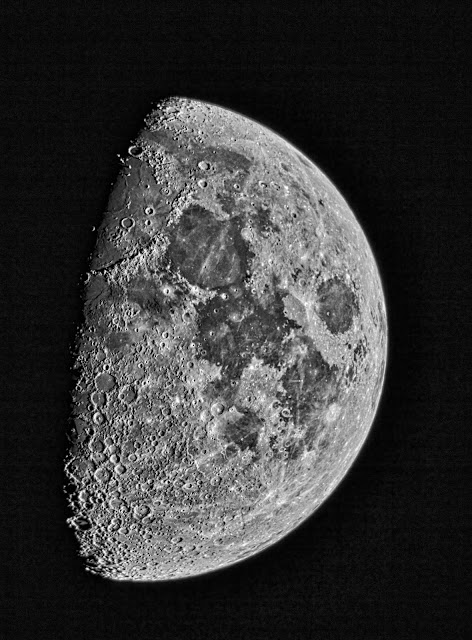I have always wanted to do more than look at celestial objects and image them. To help do some actual science was a hope I thought was beyond me.
But then, just over two years ago I participated in the Citizen CATE Project with the National Solar Observatory under the direction of Matt Penn (principle investigator) to image the Total Solar Eclipse of 2017.
The goal was to provide data on this rare occurrence to investigate the inner corona of the Sun (which is only visible from planet Earth during a total solar eclipse).
You can find my blog report here.
Just today (December 13, 2019) Matt Penn released to the public the final findings of this project.
You can find the report here.
THREE points of interest in this report:
1. You will notice that myself and my wife are listed (at the beginning of the report) as two of the many "authors" who participated in the CATE project! Nice!
In this report the goal of the project is laid out in the "Introduction" (worth reading!)
2. Under the heading "3. CATE Volunteer Network" you will find on the line "cate17-005" the site that we observed and imaged from! We were about 4 miles north of Mitchell, Oregon, hence the site is called "Fossil, Oregon" though it was really close to where the Twickenham Road crosses the John Day River.
You will also notice that line is in bold type, which is explained at the end of that section this way:
"Note. The six sites used in the present analysis of the CME outflow are shown in bold text. Sites with cloudy conditions or instrumental difficulty are shown in italics."
Our site is in bold type, in other words, our data was only one of six that were useful for this project! WooHoo! SCIENCE was possible!
3. Under the heading of "6.2. Spatial Filtering and Velocity Measurement" you will find a set of images used as an "example" of the applied filters needed to gain real science.
The site "cate17-005"... that MY site! WOW! Unexpected!
Science was done! Something on my bucket list has just been crossed off!
But then, just over two years ago I participated in the Citizen CATE Project with the National Solar Observatory under the direction of Matt Penn (principle investigator) to image the Total Solar Eclipse of 2017.
The goal was to provide data on this rare occurrence to investigate the inner corona of the Sun (which is only visible from planet Earth during a total solar eclipse).
You can find my blog report here.
This was taken during the total eclipse
with a 250mm telephoto on a Canon T3i DSLR.
Just today (December 13, 2019) Matt Penn released to the public the final findings of this project.
You can find the report here.
THREE points of interest in this report:
1. You will notice that myself and my wife are listed (at the beginning of the report) as two of the many "authors" who participated in the CATE project! Nice!
In this report the goal of the project is laid out in the "Introduction" (worth reading!)
2. Under the heading "3. CATE Volunteer Network" you will find on the line "cate17-005" the site that we observed and imaged from! We were about 4 miles north of Mitchell, Oregon, hence the site is called "Fossil, Oregon" though it was really close to where the Twickenham Road crosses the John Day River.
You will also notice that line is in bold type, which is explained at the end of that section this way:
"Note. The six sites used in the present analysis of the CME outflow are shown in bold text. Sites with cloudy conditions or instrumental difficulty are shown in italics."
Our site is in bold type, in other words, our data was only one of six that were useful for this project! WooHoo! SCIENCE was possible!
3. Under the heading of "6.2. Spatial Filtering and Velocity Measurement" you will find a set of images used as an "example" of the applied filters needed to gain real science.
The site "cate17-005"... that MY site! WOW! Unexpected!
Science was done! Something on my bucket list has just been crossed off!























































